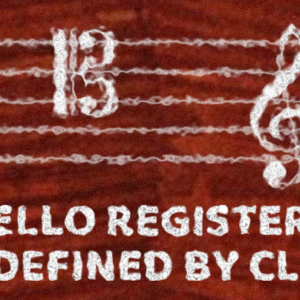Cello Unison With Double Basses
Cellos need not always play octaves with the basses. A very powerful sound can be achieved by doubling the instruments in unison. In most classical scores, double basses in cellos get a single line, and are expected to play that line as written – which means that the basses will be playing an octave below…
Read more…




